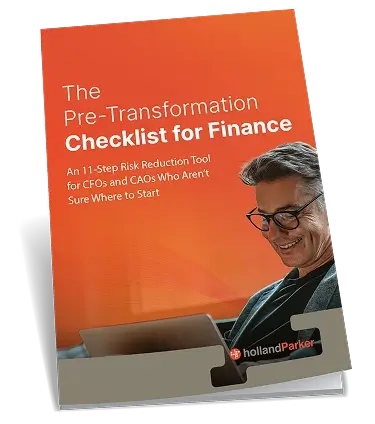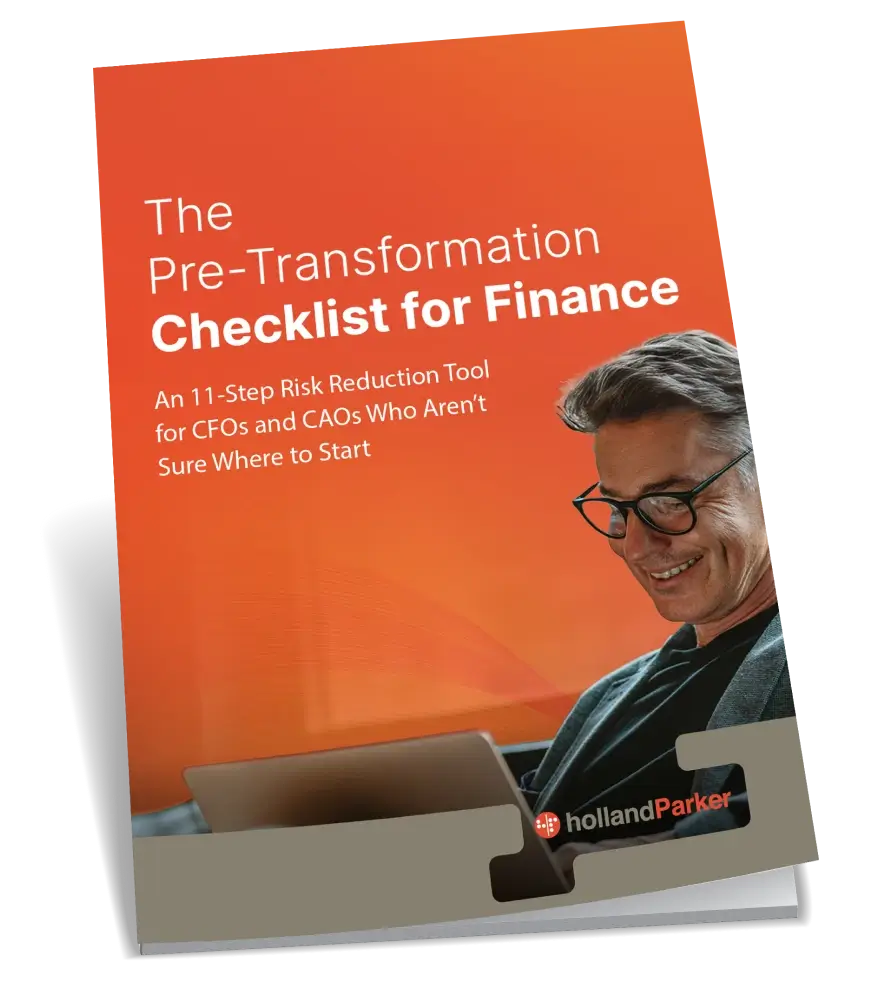Zero based budgeting (ZBB) is an incredible finance tool that organizations can use to reduce financial waste and optimize their cost-efficiency. CFOs and Finance leaders that have embraced ZBB understand how important budget maximization is in supporting the success of an organization to address modern business challenges. So, what’s the next step to advance from implementing ZBB to maximizing the use of this budgeting methodology?
The answer is embracing a holistic approach to zero-based budgeting implementation. By taking this approach to unify the organization under the single budgeting approach of ZBB, Finance leaders can upgrade cost-efficiencies at every level of the organization.
Why Holistic Zero Based Budgeting Implementation?
Once you start on the ZBB journey, you should be seeking continuous improvement to achieve even greater efficiencies in your organization’s budgeting approach.
You and your team already spent considerable time, effort, and energy convincing management to support the change, achieving universal buy-in, and managing the change. Now it’s time to grow the ZBB capabilities in your organization.
A holistic approach to ZBB not only maximizes the synergies of collective budget optimization but also strengthens the company culture around efficient budgeting. It’s about buy-in and follow-through. To see this on a consistent basis, your organization needs to develop a zero-based mindset.
How to Apply a Holistic Zero Based Mindset
What makes the zero-budget mindset so powerful is its ability to transfer the principles of zero-based budgeting across departments and disciplines within an organization. If successfully implemented, a company can upgrade its financial performance and cost efficiency at every level of operation by viewing everything through a zero-based perspective.
By holistically applying the zero-based mindset, you are not just introducing the concept of dispassionate budgeting to items on a budget line, you are utilizing it for every action, deliverable, and strategy. One of the best ways to build your holistic ZBB approach is at the organizational level.
A zero-based organization challenges the company’s decision-making at every level — from strategic choices to new business objectives to managerial responsibilities. For this idea of budget scrutiny to make its way through an organization, however, it has to start with upper management and the executive team.
The ideal way to convince higher-ups to embrace a ZBB mindset is to include them in the process. Fortunately, that is what the holistic approach is all about — wide-spread involvement, communication, and buy-in. One way to facilitate this approach is to introduce ZBB’s most thought-provoking idea, which is the clean-sheet concept.
The Clean-Sheet Concept
What makes ZBB stand out from other budgeting methodologies is the abandonment of past performance. Normally, when creating a budget, a finance team will look at how much a department or unit spent on its deliverables. The information is then used to justify the threshold of the following budget. The problem with this method is that employees and managers are acutely aware of this phenomenon. Moreover, they realize that if they do not spend a sufficient amount of their proposed budget, they will naturally receive less the following quarter, year, etc.
The clean-sheet method avoids all of this political maneuvering and instead asks participants to construct a budget based on future activities, not previous spending. Using the clean-sheet approach at an organizational level, companies can accommodate the financial fluidity of different ecosystems, like employees, for example, by creating an approach without boundaries that adjusts its practices with each new period.
An added benefit is that the zero-based philosophy can extend beyond the corporate structure. It can also be applied to your interactions with third-party suppliers. Let’s review a zero based budgeting example.
Zero Based Budgeting Example: Optimize Supply Chain Spending
The key to successful zero based budgeting implementation when following a holistic approach is to understand where money is being spent. When most organizations look at their annual or quarterly spending, they tend to limit their focus to internal operations and interactions. What many financial leaders fail to optimize is the cost efficiency of their supply chain exchanges.
Zero based supply chain (ZBSC) centers around reducing the number of zero value-added activities that can clog up vertical business interactions and eat away at the bottom line. Holistic ZBB uses the levers of price, performance, and value engineering to find and implement cost reductions that are both sustainable and achievable.
The challenge with applying a holistic approach to ZBB, however, is the breadth of its scope. While a CFO or other Finance leaders may be fluent in the cost mechanics of commercial spending, they may not be as familiar with those of supply chain activities.
One way to overcome this challenge is to combine industry expertise with a well-integrated corporate performance management (CPM) software platform. Specifically, the OneStream™ XF SmartCPM™ software platform.
Why OneStream XF to Support a Holistic Approach to ZBB?
OneStream provides a flexible platform to enable all of the typical budget processes that organizations require. The backbone of this delivery is relational blending — a very detailed and dynamic model to synchronize all budgeting data in one location.
In addition to using relational blending to build budgets, OneStream allows organizations to set global drivers that can be used across the enterprise to support a holistic approach to ZBB.
The key is having the right software implementation partner in your corner to help you reach the next level of using ZBB through the power of OneStream XF. As a Diamond OneStream implementation partner, our CPM consulting firm can help you achieve this transformation in your timeline and in your budget.
Our expert consultants speak the language of Finance leaders and can help you navigate the challenges of embracing holistic ZBB. Talk to us today about unleashing the power of ZBB across your organization through the custom deployment of OneStream XF.
We provide full software migration and consulting services to ensure that you continue to receive the most value from your investment in the ZBB methodology and OneStream XF platform.
– Contact us today to schedule a consultation about taking the next step with ZBB and migrating to OneStream XF.







